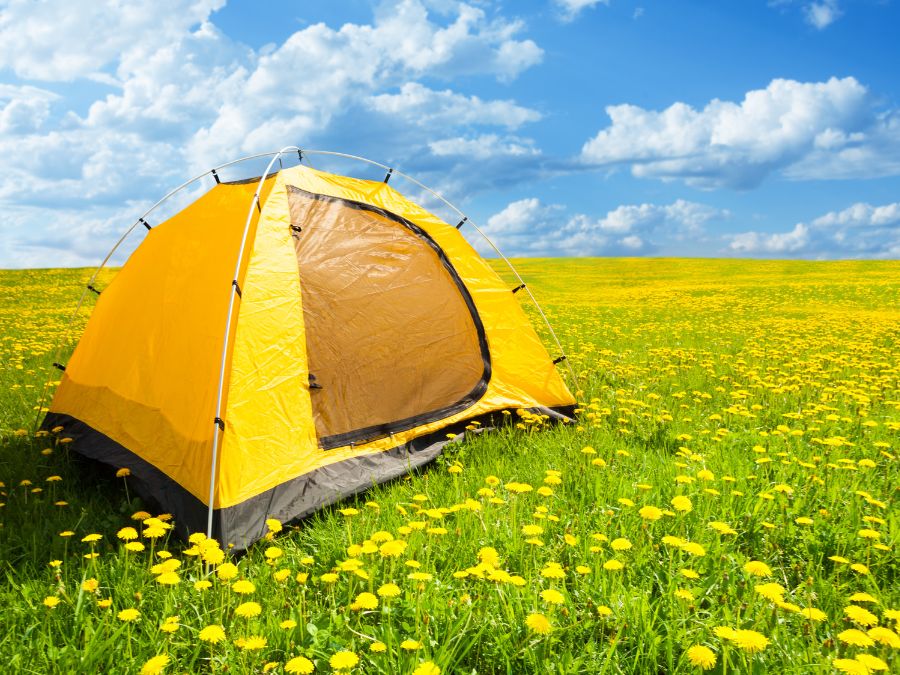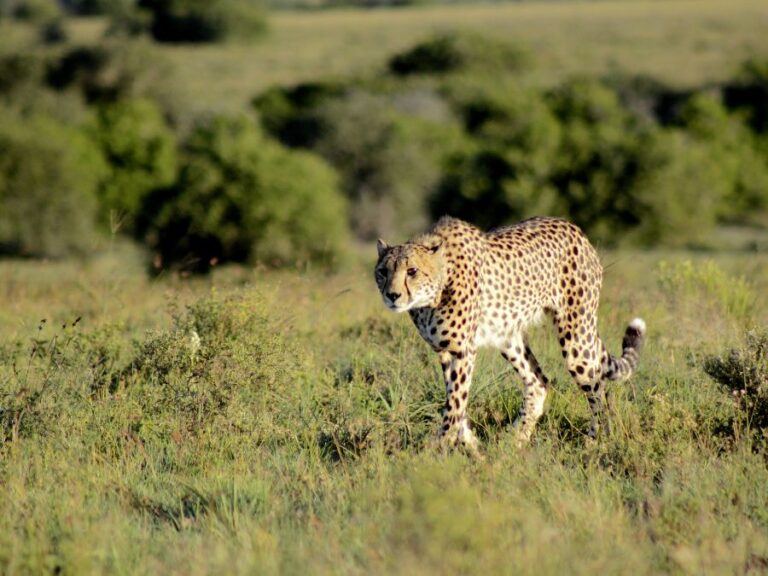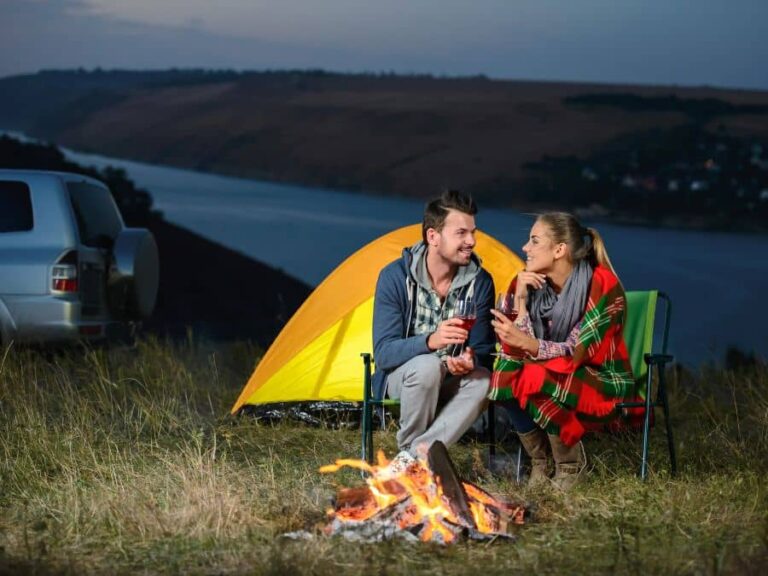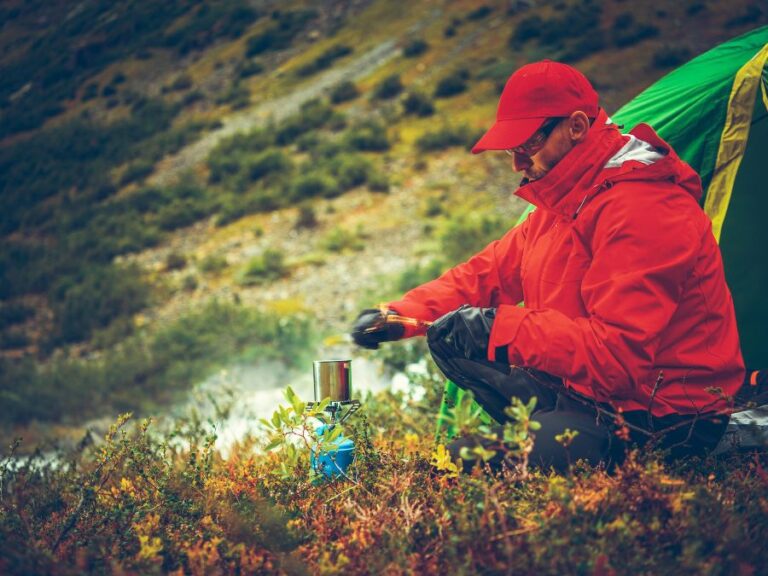Leave No Trace: The Ultimate Guide to Eco-Friendly Camping
Introduction
Eco-Friendly Camping: The Need of the Hour
Camping is a wonderful way to reconnect with nature, but it’s important to remember that our actions can have a significant impact on the environment. That’s why eco-friendly camping is becoming increasingly important.
It’s all about making sustainable choices that minimize your impact on the environment while still enjoying all the benefits of outdoor adventures. So, what exactly is eco-friendly camping?
Eco-friendly camping means being mindful of every step you take while camping and making small choices that have a big environmental impact. By taking steps to reduce waste, conserve resources, and respect wildlife, we can ensure that our natural world remains beautiful and accessible for generations to come.
Overview of the Article
In this article, we’ll explore some tips and tricks for eco-friendly camping so you can minimize your environmental footprint during your next adventure in nature. We’ll cover topics like choosing an environmentally friendly campsite, packing sustainably, setting up camp responsibly, exploring outdoors sustainably and more!
Whether you’re an experienced camper or just starting out on your first trip, there’s something for everyone in this guide. So let’s dive in and learn how to make our next camping trip a sustainable one!
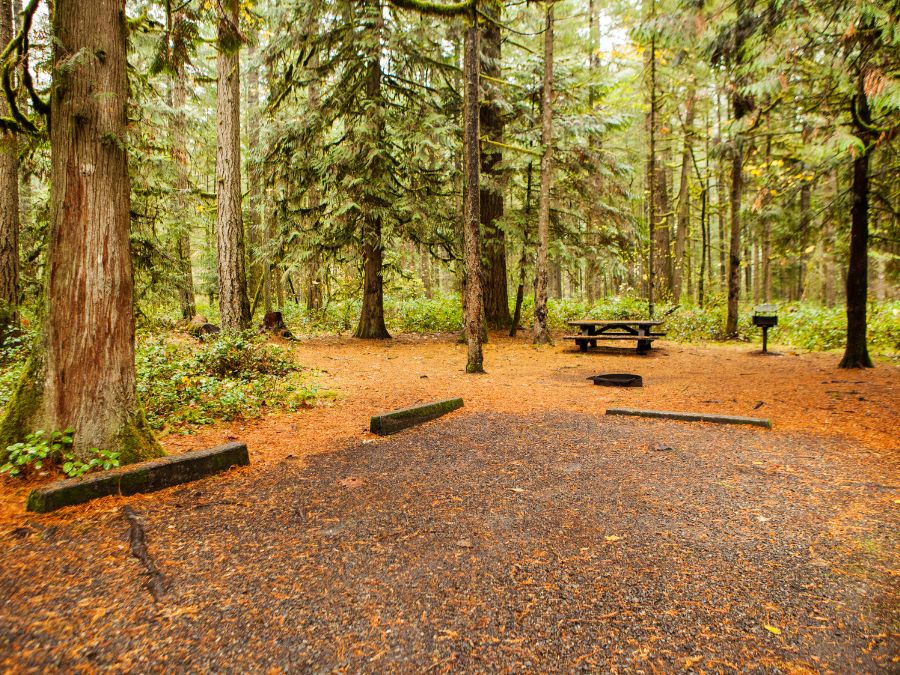
Choosing a Campsite
Established Campsites
When choosing a campsite, it’s important to look for established campsites to minimize your impact on the environment. These sites have been designated for camping and have already undergone the necessary preparations to minimize their impact on the surrounding area. Established campsites will often have amenities such as fire pits, picnic tables and even bathrooms which can make your camping experience more comfortable.
Avoid Camping Near Water Sources or Fragile Ecosystems
Another important factor when choosing a campsite is to avoid camping near water sources or fragile ecosystems. The closer you are to these areas, the higher chance there is of impacting them.
Water sources are often home to delicate ecosystems that can be easily disturbed by human activity. Setting up camp too close could mean trampling vegetation and disturbing wildlife in the area.
Low-Impact Camping Options: Hammocks or Bivy Sacks
Low-impact camping options such as hammocks or bivvy sacks can also be considered when choosing a campsite. A hammock is suspended off of the ground which means you won’t damage any vegetation while setting it up.
This option also allows you to avoid digging into the ground and placing stakes which can cause soil erosion over time. A bivvy sack is essentially a waterproof sleeping bag cover that wraps around your sleeping bag, allowing you to sleep directly on the ground without damaging any vegetation in the area.
When choosing a campsite, it’s important to consider factors such as established campsites, avoiding fragile ecosystems and utilizing low-impact options like hammocks or bivvy sacks. By being mindful of where you set up camp, you’ll help preserve nature for future generations while still enjoying all that nature has to offer during your eco-friendly camping adventures!

Packing and Preparing for Your Trip
Going Green: Choosing Eco-Friendly Gear
When packing for your next camping trip, choose gear that is both durable and eco-friendly. One easy switch is to bring bamboo utensils instead of plastic ones. Bamboo is a renewable resource that doesn’t require pesticides or fertilizers to grow, making it an eco-friendly option.
Additionally, invest in a solar-powered charger for your phone or other electronic devices. You’ll be able to charge your gadgets without using any electricity from non-renewable sources.
Another important consideration when packing is avoiding single-use plastics. Instead of bringing bottled water, consider investing in a water filtration system.
Many campers swear by water filtration systems that allow them to drink directly from streams and lakes without the need for single-use plastic bottles. By choosing reusable items over disposable ones, you can help reduce the amount of waste you generate on your camping trip.
The Importance of Meal Planning
One key way to minimize food waste on your camping trip is through careful meal planning. Before you head out into the wilderness, consider what meals you’ll be making and how much food you’ll need for each one.
Bring only what you need so that there’s less chance of unused food going bad and having to be thrown away. Another way to reduce food waste is by reusing leftovers creatively in other dishes throughout your trip.
For example, leftover veggies from one meal can be added to an omelet the next morning or cooked up with some rice for a tasty side dish at dinner time. By being conscious of what you pack and plan ahead with regards to meals, you can help minimize waste on your camping trip while still enjoying delicious meals in nature!
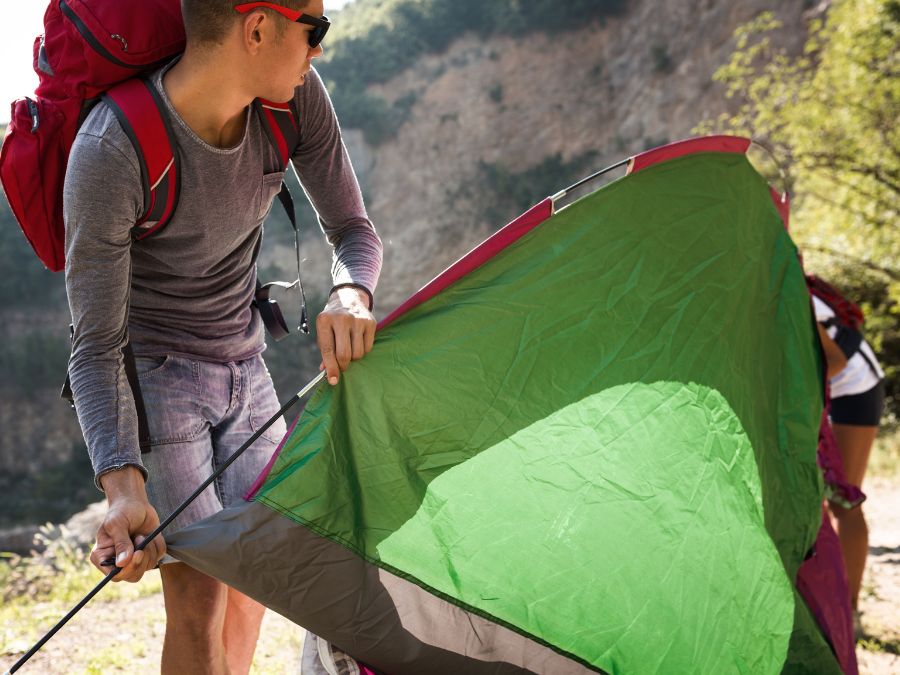
Setting Up Camp Responsibly
Use Biodegradable Soap and Avoid Washing Dishes in Streams or Lakes
When camping, it’s important to remember that everything you do has an impact on the environment around you. This includes washing dishes and using soap. It’s best to use biodegradable soap that won’t harm the ecosystem.
You can find these soaps at most outdoor stores and they are just as effective as regular dish soap. Additionally, avoid washing dishes in streams or lakes as it can contaminate the water with food scraps and soapy residue.
Instead, bring a collapsible basin or use a bucket to collect water and wash your dishes at least 200 feet away from any water sources. This way, you can still clean your dishes without harming the environment.
Minimize Campfire Impact by Using Established Fire Rings or Bringing a Portable Stove
Campfires are a staple of camping, but they can also cause damage to the surrounding environment if not used responsibly. In order to minimize your impact on the environment, use established fire rings when available.
These fire rings prevent fires from spreading and damaging surrounding trees and vegetation. If established fire rings aren’t available, consider using a portable stove instead of building your own fire.
Portable stoves are easy to set up and don’t require any special permits like building a campfire might. They are also more environmentally friendly since they don’t produce smoke or leave behind ash.
Practice Leave No Trace Principles, Including Packing Out All Trash
The Leave No Trace movement is all about minimizing our impact on nature while enjoying outdoor activities like camping. One of the most important principles of Leave No Trace is packing out all trash – even if it’s biodegradable. This means bringing extra trash bags with you and packing out everything you brought in – including food scraps, toilet paper, and any other trash.
It may be tempting to bury food scraps, but doing so can attract wildlife and disrupt the ecosystem. By leaving no trace behind, you can help preserve the environment for future generations to enjoy.
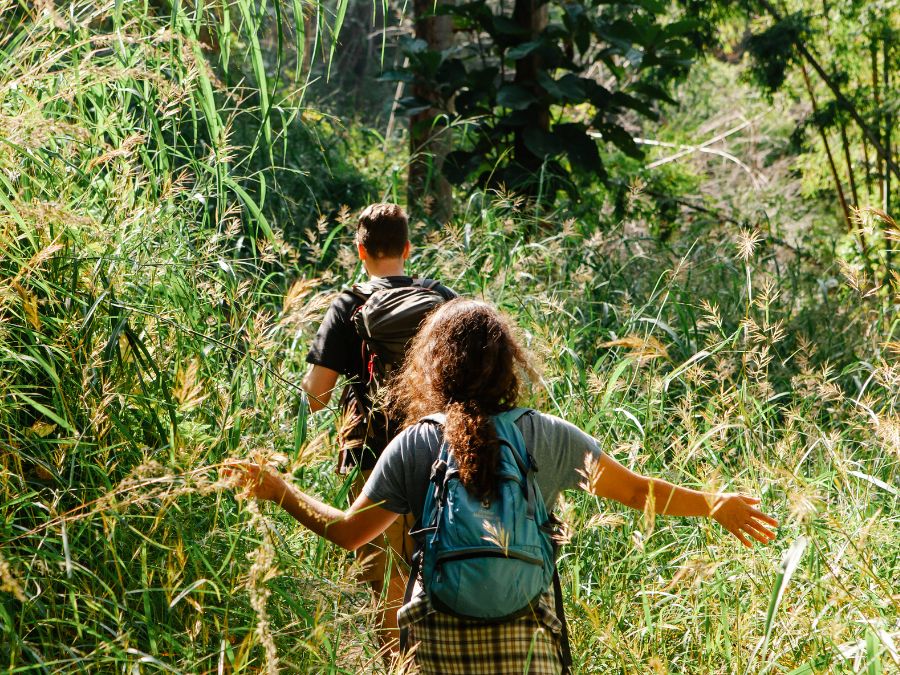
Exploring the Outdoors Sustainably:
When exploring the vast wilderness, it is important to remember that every step we take impacts the environment. One of the best ways to minimize our impact is by sticking to established trails.
These trails have been created specifically for hikers and campers to follow, and by doing so we can avoid wandering into fragile ecosystems that are easily damaged. It can be tempting to stray from these trails in search of more secluded areas or a better view, but this can have a devastating effect on the surrounding environment.
When people wander off-trail, they trample plants and soil that may take years or even decades to recover. By sticking to established trails, we help preserve the natural habitat for future generations.

Respect Wildlife:
The beauty of camping is being able to experience nature up close and personal. However, when encountering wildlife it’s important to keep a safe distance and respect their space.
Feeding wild animals can disrupt their natural diet and put them at risk for disease or injury. In addition, getting too close to wild animals can also put you in danger.
Many animals see humans as potential predators and may become aggressive if they feel threatened. Instead of getting too close, bring binoculars or a camera with a zoom lens so you can observe from afar without disturbing their natural behavior.
Conclusion:
Eco-friendly camping isn’t just about minimizing our impact on the environment; it’s about enjoying nature responsibly while preserving it for future generations. By choosing an established campsite, packing reusable gear, following Leave No Trace principles, sticking to established trails, respecting wildlife from afar – we all play an essential role in protecting our planet’s delicate ecosystem while still enjoying all it has to offer.
We should strive not just for responsible camping practices but also work to raise awareness of eco-friendly camping within our community to create a more significant impact. Let’s all play our part in preserving nature so that future generations can enjoy the same experience we have today.

